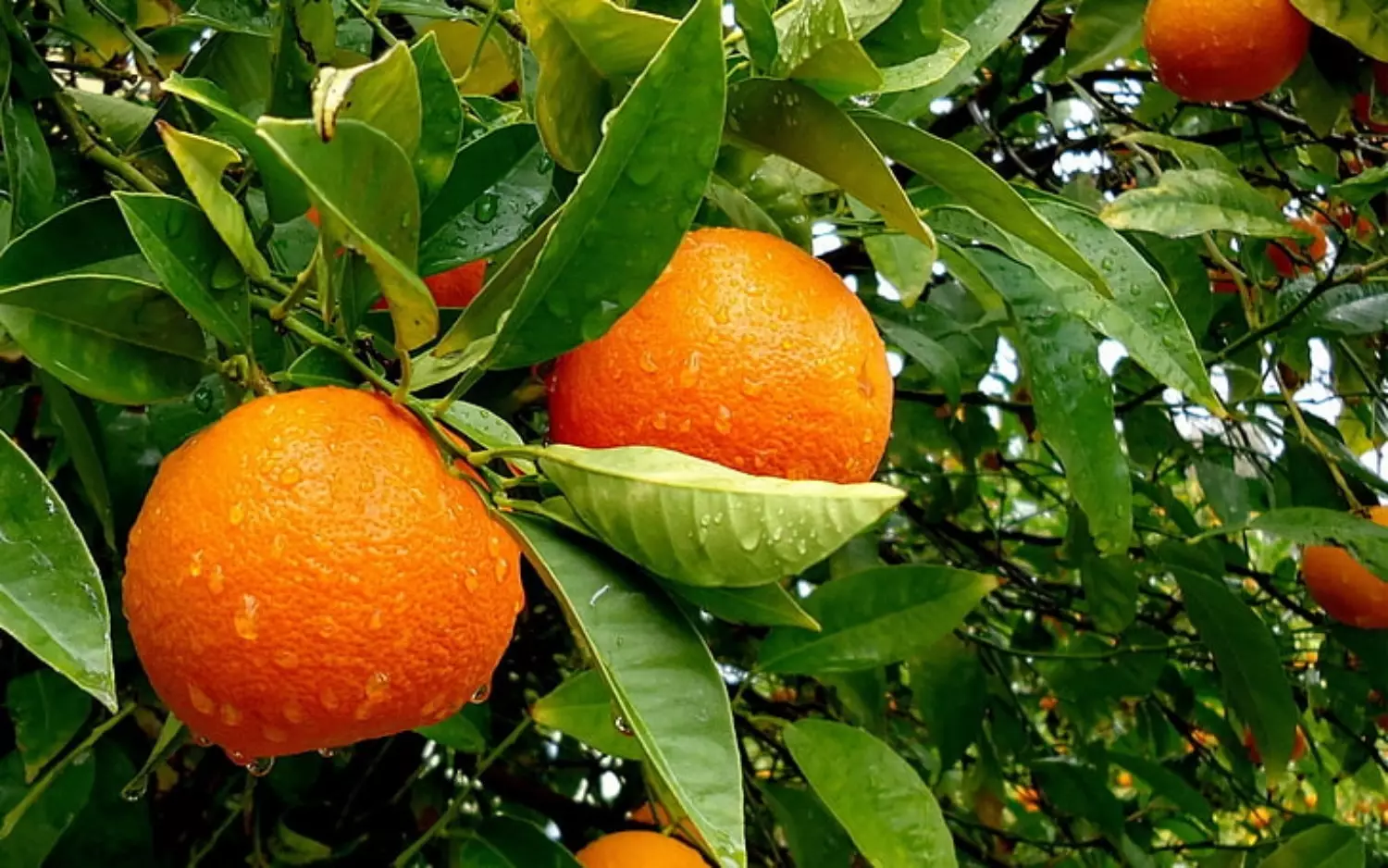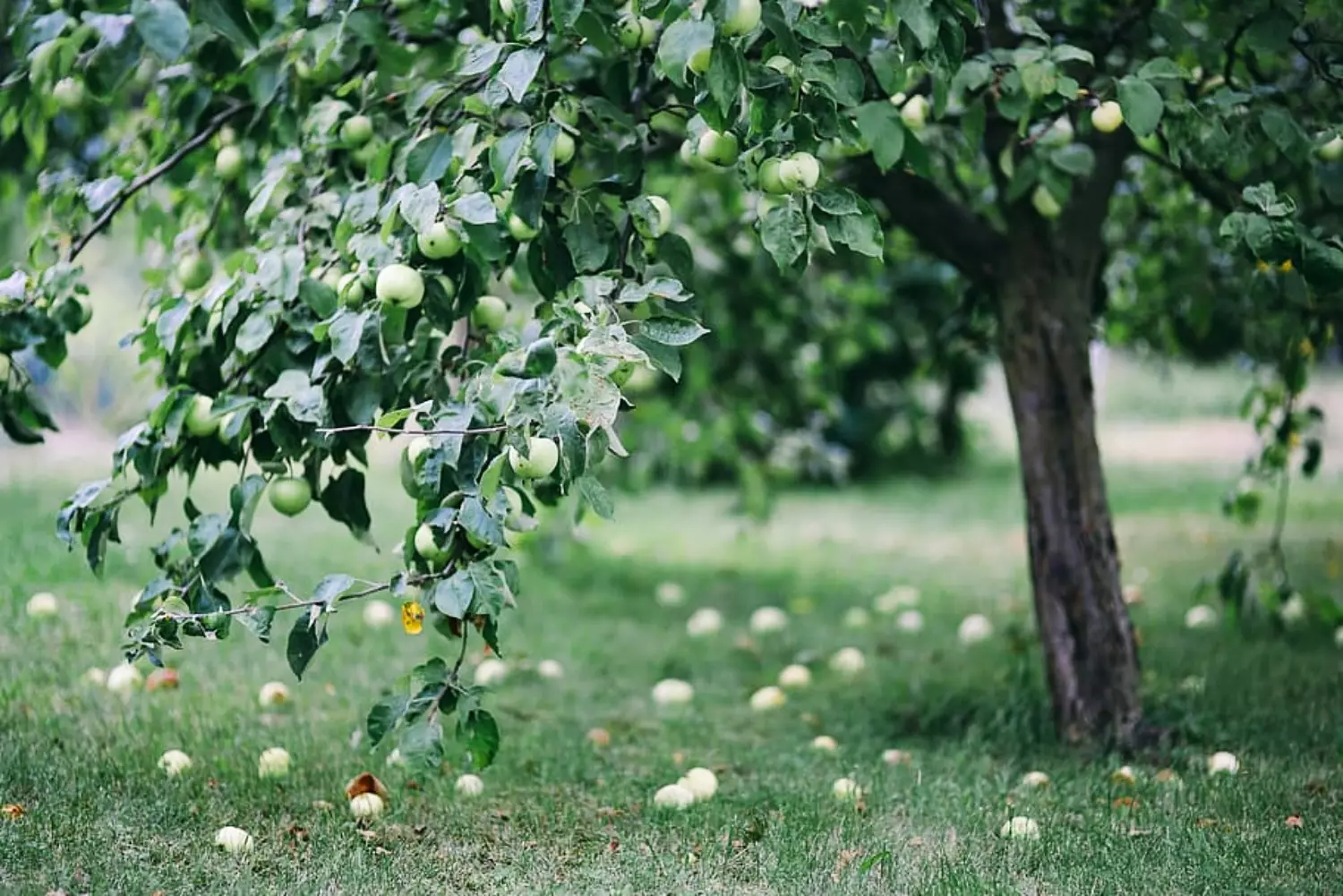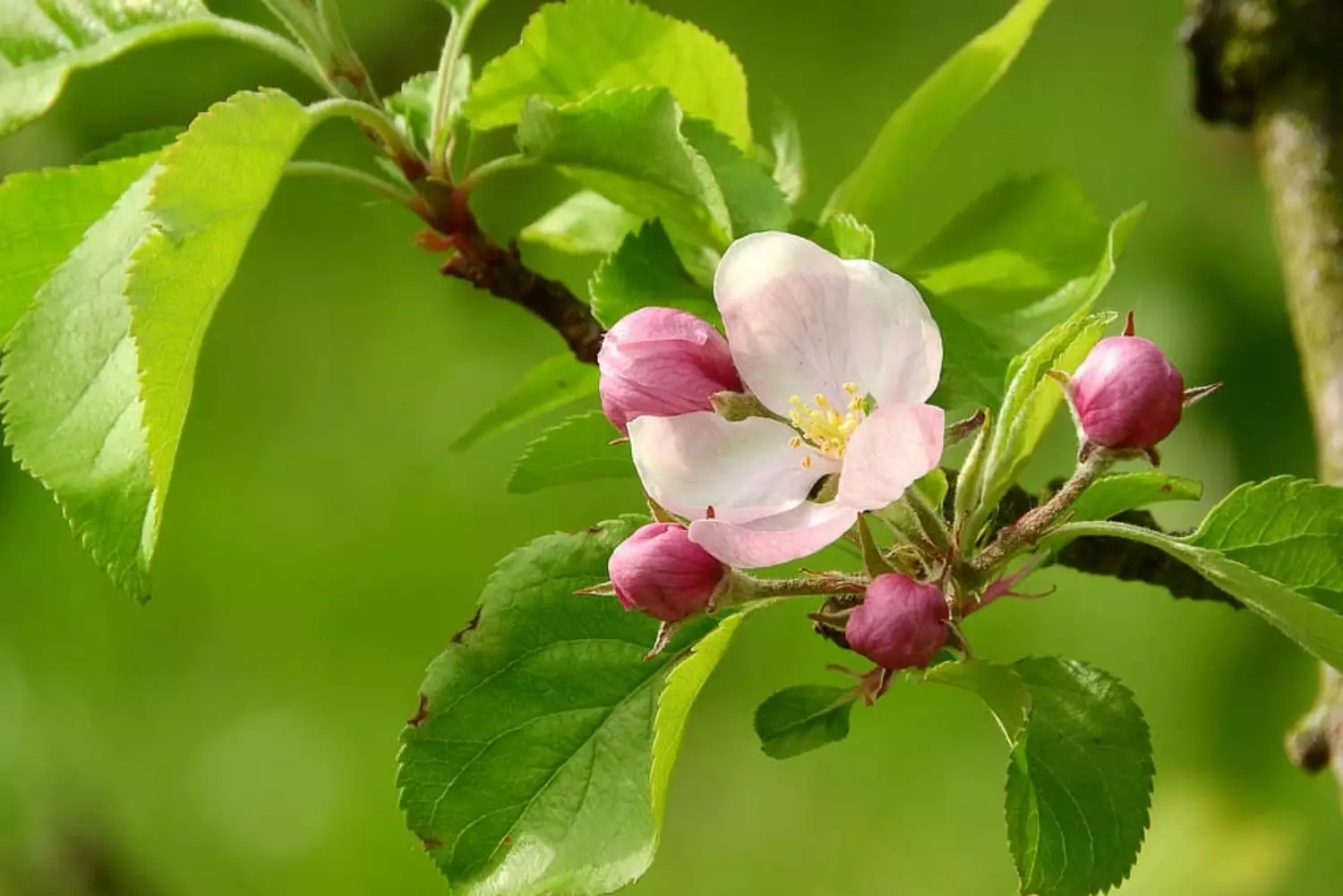Phosphorus is an essential nutrient for plant growth and development. It plays a crucial role in promoting root development, improving flowering and fruiting, and enhancing overall plant vigor. While phosphorus is naturally present in the soil, sometimes plants may require an extra boost of this nutrient to reach their full potential. This is where high phosphorus fertilizers come in handy. In this article, we will explore ten high phosphorus fertilizers and when to use them to optimize plant growth and yield.
1. Superphosphate
Superphosphate is a widely used high phosphorus fertilizer that contains a high concentration of phosphorus in a soluble form. Here are some key points about Superphosphate:
- High phosphorus content: Superphosphate typically contains around 16% to 20% phosphorus, making it an excellent choice for plants with high phosphorus requirements.
- Quick-release: Superphosphate dissolves rapidly in the soil, making phosphorus readily available to plants.
- Best used during planting: Superphosphate is commonly applied during the planting stage to provide young plants with an immediate source of phosphorus for root development.

2. Bone Meal
Bone meal is another popular high phosphorus fertilizer derived from animal bones. It offers several benefits for plant growth, as outlined below:
- Slow-release phosphorus: Bone meal releases phosphorus slowly over time, providing a long-lasting source of this nutrient for plants.
- Rich in other nutrients: Besides phosphorus, bone meal contains calcium and nitrogen, which contribute to overall plant health and development.
- Great for flowering plants: Bone meal is especially beneficial for flowering plants, as it promotes robust flower production and enhances bloom quality.
- Apply during soil preparation: It is recommended to incorporate bone meal into the soil before planting to ensure proper nutrient availability.
3. Triple Superphosphate
Triple superphosphate is a high phosphorus fertilizer that undergoes additional processing to increase its phosphorus content. Consider the following points about triple superphosphate:
- High phosphorus concentration: Triple superphosphate typically contains around 45% to 50% phosphorus, making it one of the most concentrated phosphorus fertilizers available.
- Slow-release characteristics: While triple superphosphate is not as quick-release as regular superphosphate, it still provides a relatively fast and efficient supply of phosphorus to plants.
- Suitable for various crops: Triple superphosphate is suitable for a wide range of crops, including fruits, vegetables, and field crops.
- Apply before planting: It is best to apply triple superphosphate before planting or during soil preparation to ensure proper phosphorus availability during the early growth stages.

4. Fish Bone Meal
Fish bone meal is an organic high phosphorus fertilizer made from fish waste. Here are some important points about fish bone meal:
- Organic source of phosphorus: Fish bone meal is an environmentally friendly fertilizer that provides phosphorus in an organic form.
- Slow-release and long-lasting: Phosphorus in fish bone meal is released slowly over time, ensuring a continuous supply of this nutrient to plants.
- Improves soil fertility: Fish bone meal not only supplies phosphorus but also enhances soil fertility by adding organic matter and beneficial microorganisms.
- Well-suited for root development: This fertilizer is particularly beneficial for promoting strong root growth and overall plant establishment.
5. Rock Phosphate
Rock phosphate is a natural mineral fertilizer that contains a high concentration of phosphorus. Consider the following points about rock phosphate:
- Natural and slow-release: Phosphorus in rock phosphate is released slowly over time, providing a long-lasting source of this nutrient for plants.
- Improves soil structure: Rock phosphate helps improve soil structure and fertility, making it suitable for long-term soil enrichment.
- Requires microbial activity: To make phosphorus in rock phosphate more available to plants, it often requires the presence of beneficial soil microorganisms that can break down the mineral and release the nutrients.
- Apply well in advance: Due to its slow-release nature, it is recommended to apply rock phosphate well in advance of planting to allow sufficient time for the mineral to break down and become available to plants.

6. Guano Fertilizer
Guano fertilizer is derived from the accumulated excrement of seabirds or bats. It is known for its high phosphorus content and other beneficial nutrients. Consider the following points about guano fertilizer:
- Rich in phosphorus: Guano fertilizer contains high levels of phosphorus, making it an excellent choice for plants with phosphorus deficiencies.
- Additional nutrient content: Guano fertilizer also provides other essential nutrients like nitrogen, potassium, and micronutrients, contributing to overall plant health.
- Slow-release properties: Phosphorus in guano fertilizer is released gradually over time, ensuring a steady supply of this nutrient to plants.
- Enhances soil fertility: Guano fertilizer improves soil fertility by adding organic matter, improving soil structure, and promoting microbial activity.
- Apply during the growing season: Guano fertilizer can be applied during the growing season to provide a supplemental boost of phosphorus and other nutrients to plants.
7. Compost
Compost is a valuable organic fertilizer that offers numerous benefits for plant growth and soil health. Here are some important points about using compost as a high phosphorus fertilizer:
- Natural source of phosphorus: Compost contains a range of nutrients, including phosphorus, in a slow-release form that becomes available to plants over time.
- Improves soil structure: Compost enhances soil structure, moisture retention, and nutrient-holding capacity, creating a favorable environment for plant growth.
- Boosts microbial activity: Compost enhances the population of beneficial soil microorganisms, which play a crucial role in breaking down organic matter and releasing nutrients, including phosphorus.
- Continuous application: Incorporating compost into the soil annually or as a top dressing throughout the growing season provides a steady supply of phosphorus and other nutrients to plants.

8. Bat Guano Fertilizer
Bat guano fertilizer is derived from the excrement of bats and is highly prized for its nutrient content, including phosphorus. Consider the following key points about bat guano fertilizer:
- High phosphorus concentration: Bat guano fertilizer typically contains significant levels of phosphorus, making it an effective choice for promoting flowering and fruiting in plants.
- Additional nutrient content: Apart from phosphorus, bat guano fertilizer provides nitrogen, potassium, and trace elements that contribute to overall plant growth and vigor.
- Slow-release properties: Phosphorus in bat guano fertilizer is released gradually, ensuring a sustained supply of this nutrient to plants over an extended period.
- Improves soil fertility: Bat guano fertilizer enriches the soil by adding organic matter, improving soil structure, and stimulating microbial activity.
- Apply during the growing season: Bat guano fertilizer can be applied during the growing season to provide a supplemental boost of phosphorus and other nutrients to plants.
9. Seabird Guano Fertilizer
Seabird guano fertilizer is derived from the accumulated excrement of seabirds and is known for its high phosphorus content. Here are some important points about seabird guano fertilizer:
- Abundant phosphorus levels: Seabird guano fertilizer is rich in phosphorus, making it an excellent choice for promoting root development, flowering, and fruiting in plants.
- Additional nutrient content: Seabird guano fertilizer also contains nitrogen, potassium, and other essential nutrients that contribute to overall plant health and productivity.
- Slow-release characteristics: The phosphorus in seabird guano fertilizer is released gradually over time, ensuring a sustained and steady supply of this nutrient to plants.
- Enhances soil fertility: Seabird guano fertilizer improves soil fertility by adding organic matter, improving soil structure, and stimulating beneficial microbial activity.
- Best applied before planting: It is recommended to apply seabird guano fertilizer before planting or during soil preparation to allow sufficient time for the nutrients to become available to plants.

10. Phosphorus-rich Synthetic Fertilizers
In addition to organic fertilizers, there are also synthetic fertilizers available that are specifically formulated to provide high levels of phosphorus. Consider the following points about phosphorus-rich synthetic fertilizers:
- Concentrated phosphorus content: Phosphorus-rich synthetic fertilizers contain high levels of phosphorus, allowing for precise control over nutrient application.
- Quick-release and fast-acting: Synthetic fertilizers dissolve rapidly in the soil, making phosphorus readily available to plants for immediate uptake.
- Customizable nutrient ratios: Synthetic fertilizers can be formulated to provide specific nutrient ratios tailored to the needs of different plants and growth stages.
- Follow manufacturer’s instructions: It is important to carefully follow the instructions provided by the manufacturer regarding application rates and timing for synthetic fertilizers.
Conclusion
Using high phosphorus fertilizers at the right time can greatly enhance plant growth, development, and productivity. Whether you choose organic options like bone meal, fish bone meal, or compost, or opt for synthetic fertilizers, it is crucial to consider the specific requirements of your plants and follow the recommended application guidelines. Remember to always use fertilizers responsibly and in accordance with local regulations. With the appropriate use of high phosphorus fertilizers, you can provide your plants with the necessary nutrients for optimal growth and achieve bountiful harvests.




